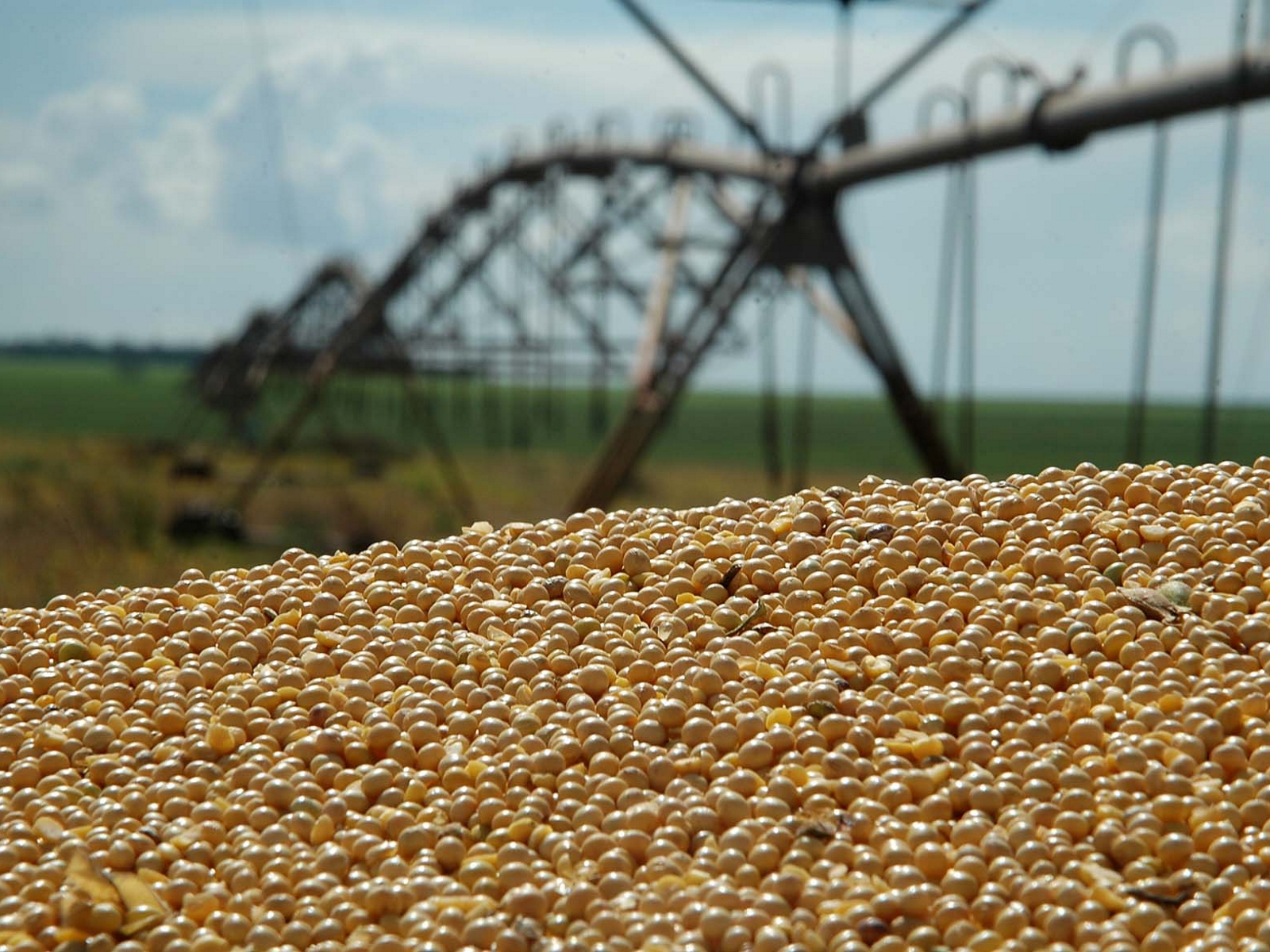Brasília – Exports from Brazil proved relatively resilient amid the Covid-19 pandemic in 2020, underpinned by stronger sales of staple goods. According to the Brazilian Central Bank, a hike in exports of soya, especially in Midwest Brazil, and iron ore, in the North, whose prices went up.
Exports of manufactured goods slowed down, as a result of the global economic slump, and this impacted predominantly the Southeast and South. A Central Bank analysis of exports was made public this Thursday (4) alongside its regional reports.
According to the Central Bank, Brazil’s foreign trade result in 2020 exceeded that of 2019 by USD 2.9 billion, with imports seeing a sharper decrease than exports, as domestic and foreign demand shrank under the pandemic and a weaker exchange rate position.
When it comes to soya, “the results were driven by a record-breaking crop and by strong international demand, which affected domestic availability and prices to end buyers,” the Central Bank reported. Iron ore exports also increased significantly, impacting international prices, while shipped volume went down. China went from accounting for 59.6% of iron ore exports from Brazil in 2019 to taking in 71.8% in 2020.
China was also the leading importer of crude oil from Brazil. Revenue from crude exports slid despite stronger sales, due to lower international prices. Raw cane sugar (semi-finished) exports edged up, with shipped volume climbing more than did revenue.
Translated by Gabriel Pomerancblum




